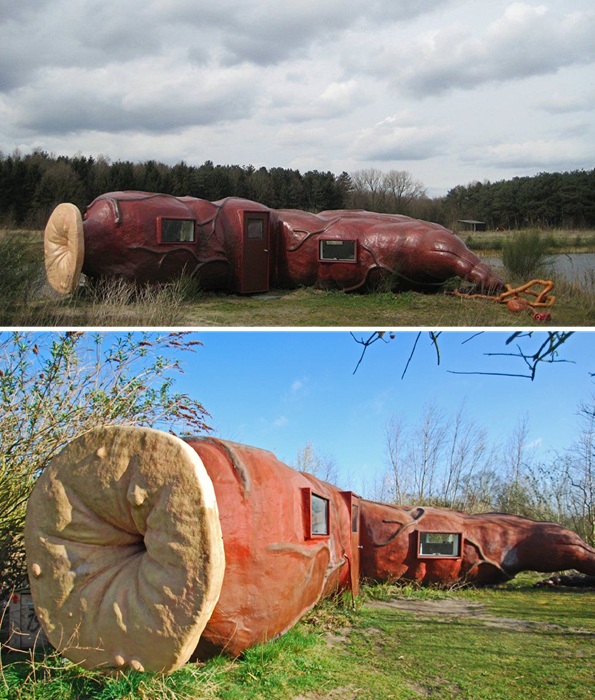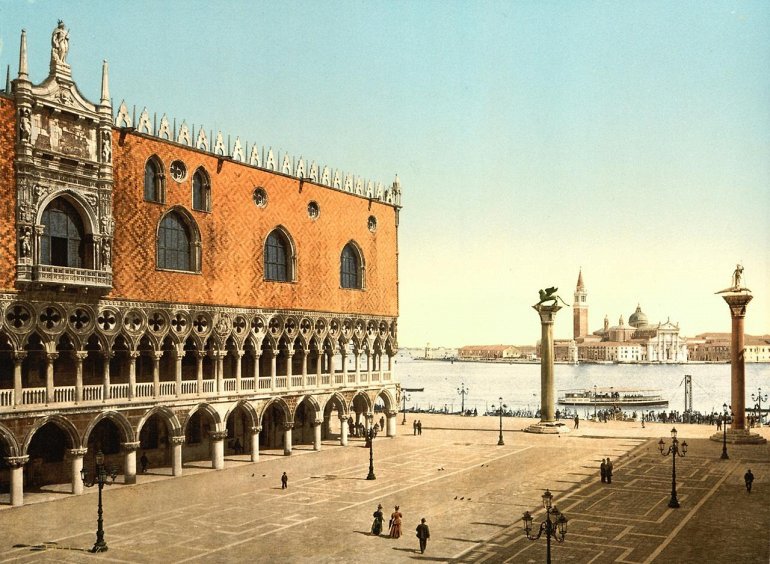
For nearly 1,500 years, Zoroastrianism was the dominant religion in Persia, in the territories now part of Iran. In the 7th century, after long wars, Persia fell under Arab rule, bringing with them a new religion: Islam. Zoroastrians were forced to wander, hiding in remote areas, or even resettle in other countries where they were treated more tolerantly. Today, most of the descendants of those Zoroastrian immigrants live in India. They are called Parsis. But, as in those ancient times, they remain committed and faithful to their traditions. Fire worshipers still perform their rituals as they did hundreds of years ago.
According to Zoroastrian teachings, all people emerged from the earth. However, the dead cannot be buried in the ground, as this would defile the soil, which should provide food and remain fertile. Therefore, the earth should receive only the purified and clean remains of the deceased. The body also cannot be cremated, as this would defile the purity of fire.
How was this issue resolved in practice? In ancient times, the body of the deceased was placed in a special ritual building called a “ked,” and then in a round structure called a “dakhma.” In the dakhma, the body was supposed to be eaten by birds. After a year, the bare bones, dried by the sun and gnawed by birds, were considered “purified” and could be buried in a crypt or family tomb.
The Dakhmas became the forerunners of the Towers of Silence. Before placing the body of the deceased in the Tower for purification, priests recited prayers and performed various rituals for three days. Afterward, 16 people brought the body to the Tower of Silence in a metal box. Inside, the body was placed in a specific circle (there were three: the outer circle for men, the middle circle for women, and the inner circle for children) and left until the sun and birds “purified” the body and bones. In the very center of the tower was a well (4-5 meters deep), into which the tower’s servants threw the bones after “purification.”
Towers of Silence were built on hills and high places, the intention being to prevent anyone from seeing what was happening there. It was also to ensure that the tower didn’t encroach on land suitable for building a house or farming. No one was allowed to enter the Tower of Silence except servants and body bearers. Those who carried the deceased were then purified with a special ritual liquid called “nirang.”
Time has not been kind to Zoroastrians, and today there are few priests who know all the rituals necessary for building a Tower of Silence. However, purification rites were still performed in some towers until the mid-20th century. In the 1970s, Iranian authorities banned the use of these Towers of Silence. Now these ritual structures are considered mere architectural and historical landmarks.





